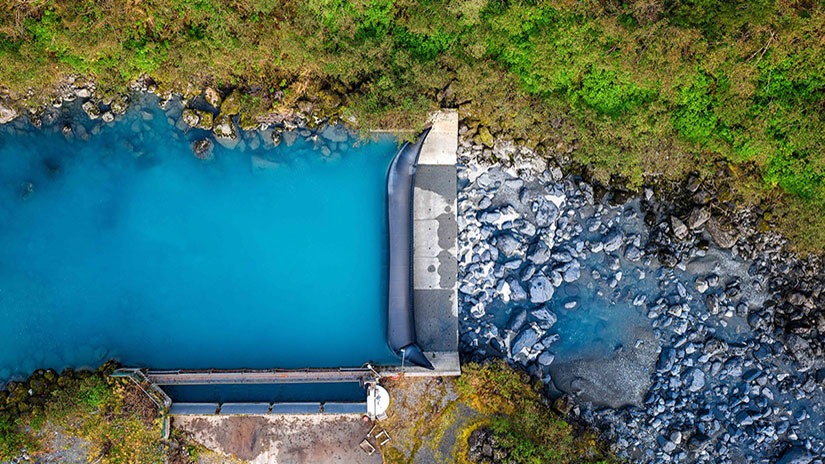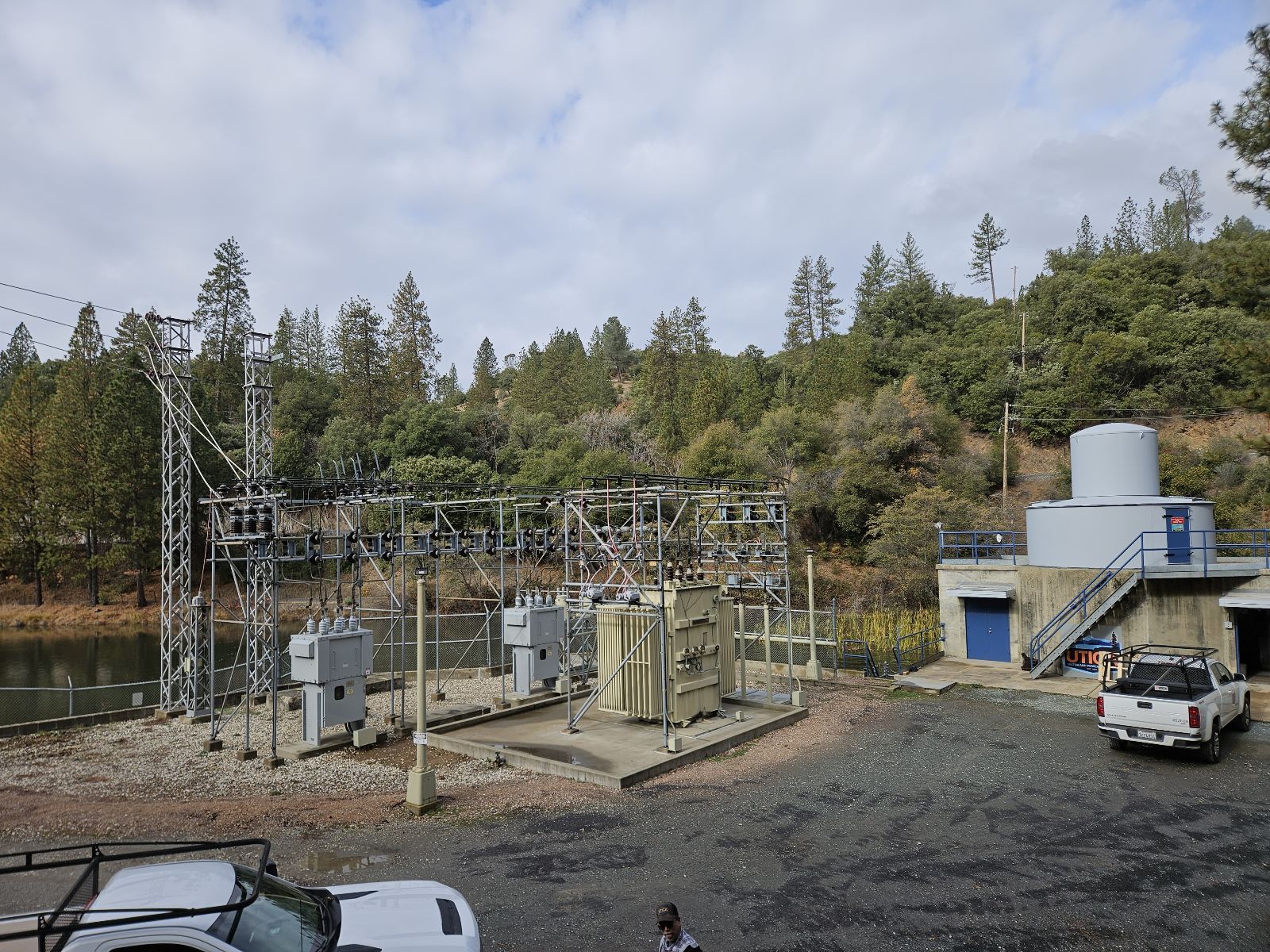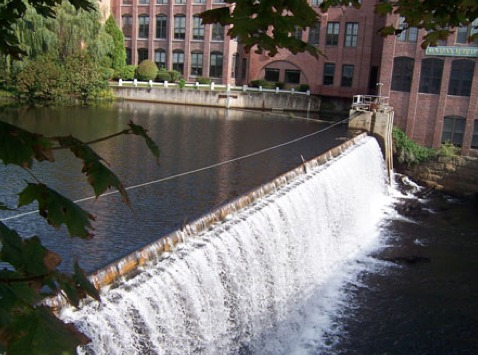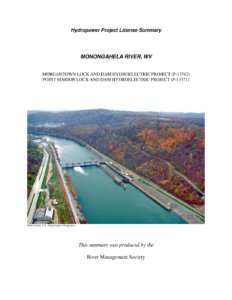Monthly Newsletter: Exploring FERC-Exempt Hydro Projects: Small-Scale Hydropower with Big Impacts

Enacted in 1978 to encourage greater use of domestic and renewable energy sources, the Public Utility Regulatory Policies Act (PURPA) allows the Federal Energy Regulatory Commission (FERC) to exempt certain small hydroelectric projects from its licensing requirements permanently. The act aimed to promote domestic energy independence by fast-tracking the construction of smaller projects and, presumably, to lessen the dependence on more environmentally destructive energy resources. The power-generating requirements were amended in 2013 when Congress passed the Hydropower Regulatory Efficiency Act to expand the exemption for projects generating a purported 5 MW of power to 10 MW.
Currently, FERC offers two types of exemptions:
- 10-Megawatt Exemptions are for hydropower projects generating 10 MW or less, built at existing non-federal dams (constructed before 2005), or utilizing a natural water feature—such as a waterfall—that avoids the need to construct a dam.
- Conduit Exemptions apply to hydropower projects built on existing man-made conduits (e.g., tunnels, canals, pipelines) that were originally used for purposes other than hydropower. These projects, authorized for capacities up to 40 MW, can often extract energy from water without the need for a large, water-storing reservoir.

Utica Water and Power Authority (Utica) operates a 27-mile-long water supply system in California. They are currently pursuing a FERC Conduit Exemption for both projects in the system they own.
For project owners, FERC exemptions are attractive because the application process is simpler and faster than for licensed projects and projects are exempt from the requirements of Part I of the Federal Power Act, including costly relicensing measures, in perpetuity. The exempted project is, however, subject to mandatory terms and conditions set by federal and state fish and wildlife agencies and by the Commission. The act authorizes NOAA Fisheries to issue mandatory conditions for fish passage and to recommend other protection, mitigation, and enhancement measures for fish and their habitat. For Bill McDavitt, an environmental specialist with Azura Consulting, exemptions are “one-and-done licenses,” meaning the agencies and the public get one opportunity to comment about a project as opposed to a FERC-licensed project, which is required to be relicensed every 30–50 years. “No matter how long it’s been since these projects were granted an exemption, there is no longer a regulatory hook to re-engage with them unless something dramatic happens downstream, such as a dam removal,” he notes. To date, FERC has issued exemptions from Maine to Alaska for 390 hydroelectric projects with a generating capacity of 10 MW or less and more than 220 exemptions for conduit projects.
The impact a FERC-exempt hydroelectric project has on the environment is site-specific and hard to quantify due to the lack of owner and agency oversight. From water quality to wildlife, recreation to cultural resources, recent studies have shown that small hydropower dams can far exceed the impact FERC-licensed dams have. No matter how small a dam is, manmade obstacles in our rivers will always impair fish and other aquatic species from traveling up and downstream compared to a free-flowing river. What ultimately protects migratory fish is Congress granted NOAA Fisheries and the U.S. Fish and Wildlife Service “30c conditioning authority,” meaning these agencies can mandate fish passage at an exempt project without the risk of a trial-type hearing. All these projects go through a five-year review process, which is nearly identical to the licensing process, allowing agencies and the public to provide input and ensure these projects address environmental impacts. NOAA Fisheries requires projects to provide “safe, timely, and effective” passage, as specified in the Federal Power Act. When fishways are mandated, the hydropower operator is required to create a fishway operation plan in addition to allowing resource agencies the ability to monitor the fishway over time. But maintenance and upgrading fish passage can be cost-restrictive, especially for small hydro. “When a project’s powerhouse turbine is not spinning, it is not generating revenue for an operator and, relative to the environment, the revenue to fully mitigate project impacts,” McDavitt says. “Small hydropower projects might only operate 25 percent to 50 percent of the time while larger projects are almost always spinning.

Lower Mousam hydroelectric project along the Mousam River in Kennebunk, Maine
Take for example, the Lower Mousam Project in Kennebunk, Maine, which consists of three hydropower dams with a total generating capacity of 600 kW. The first dam’s generator was rated at 0.15 MW, then 0.3 MW at the second dam, and back down to 0.15 MW at the third. Trying to maintain three dams and three powerhouses was simply not economically viable, so the licensee, Kennebunk Power and Light District, alerted FERC in 2017 that they would let the licenses expire in 2022. Conservation groups are now focused on removing these dams in Kennebunk, all of which lack any form of fish passage, and restoring more than 9 miles of the Mousam River’s mainstem and another 6 miles of high-quality tributary habitat. “At the end of the day, small hydropower and migratory fish restoration is pretty incompatible,” McDavitt says. “These projects don’t make enough money to do it all: pay for staff, repairs, maintenance, and have enough left over to mitigate impacts. This is why projects like the Lower Mousam fold.”
Local Level Engagement

Clear Creek impound structure in King Cove, Alaska
While the public cannot directly petition FERC for the removal of exempt projects, your voice can still be heard by engaging with state and local authorities who have jurisdiction over these projects. “Think about water quality, fish passage, recreation,” McDavitt suggests. “These all have an impact on our daily lives, and if it’s of concern to you, let the agencies know.” Once the impacts are identified, McDavitt says the best way to amplify your message is to educate the community and make more people care about why it matters. As these exempt hydro projects continue to cause harm to the environment and communities around them, the small-scale energy they produce cannot be justified compared with the impacts they have on the landscape. As the climate changes and the threats to river systems increase, it is more apparent than ever that restoring rivers to their natural state will improve the livelihood of those that depend on it most, reduce financial liabilities, and give the natural world an opportunity to adapt to extreme weather events.
If you or someone you know is concerned about a FERC exempt hydro project, you may file a complaint to FERC online here. If you have any questions surrounding how to determine if a project is exempt or how to go about concerns you have about a project, you can contact us here.


